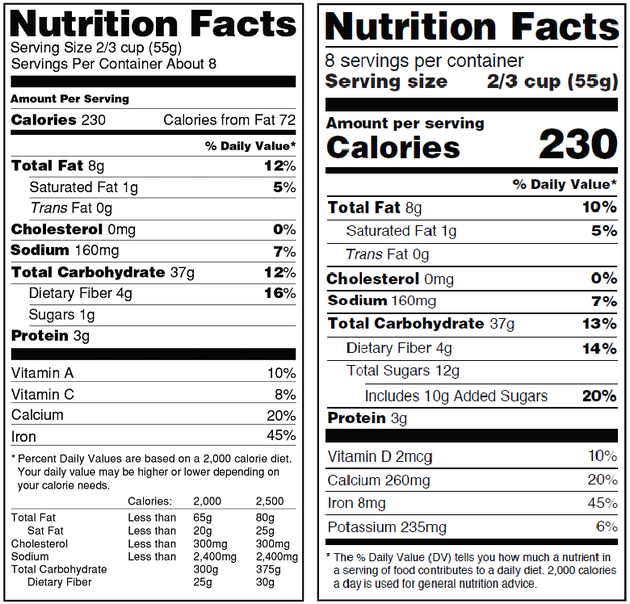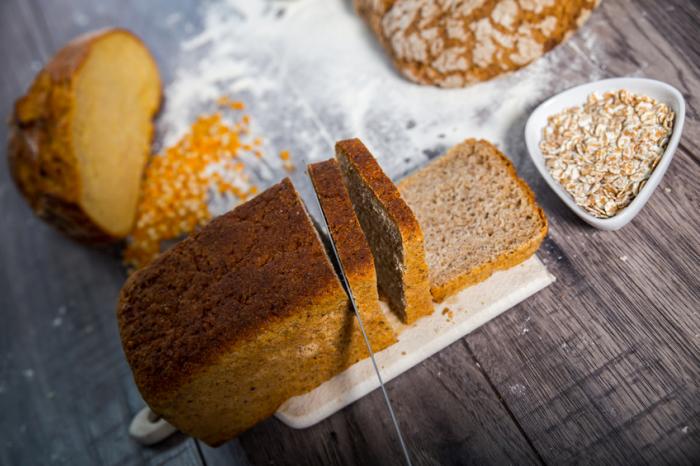
The Primary Teeth
When infants are born, almost all of their primary (baby) teeth already have formed. These teeth are still hidden in the gums. They usually begin to erupt (come through the gums) at about 6 months of age. Some babies get teeth earlier, and some get them later.
Usually, the two bottom front teeth come in first. Next are the four top front teeth and two more bottom teeth. From here, teeth slowly begin to fill the mouth. Teeth usually come in two at a time, one on either side of the jaw. Your child should have all 20 primary teeth by his or her third birthday.
Baby teeth usually have spaces between them. These spaces help make sure there is enough room for the permanent teeth.
Caring for Primary Teeth
Even before the first tooth appears, wipe your child’s gums with a clean, damp gauze or washcloth. Unless your dentist recommends otherwise, brush your child’s teeth with fluoride toothpaste as soon as they come into the mouth. Fluoride helps to prevent cavities.
For children who are younger than 3 years, use only a “smear” of toothpaste (about the size of a grain of rice). For children who are 3 to 6 years old, use a pea-sized amount.
Using too much toothpaste puts your child at risk of developing white or brown spots on the permanent teeth (called fluorosis). Teach young children to spit out any extra toothpaste so they don’t swallow it.
At some point, your child will want to use the toothbrush. It’s OK to give him or her a turn. But afterward you should always brush your child’s teeth a second time.
As soon as two teeth touch each other, floss between them once a day. Flossing removes bits of food and plaque between teeth, where a toothbrush can’t reach. You can use regular floss or plastic floss holders.
Talk to your doctor or dentist about fluoride. Children need extra fluoride if they:
- Have a high risk of developing cavities AND
- Drink water that does not contain enough fluoride.
Children in this high-risk group will need to have fluoride treatments and take fluoride supplements.
Children who are at high risk for cavities can get sealants placed on their teeth. Dental sealants are plastic coverings that are placed over the grooves of teeth to protect them from decay.
Take good care of your child’s baby teeth. They do eventually fall out. But until they do, baby teeth help your child bite, chew food and speak clearly. Baby teeth also save space for the permanent teeth, and help guide them into place.
Early Childhood Caries
Early childhood caries, or ECC, is a serious form of cavities. It can quickly destroy your child’s teeth. ECC often occurs when your baby’s teeth are exposed to sugars for long periods throughout the day. Fruit juice and cow’s milk contain sugars. So does breast milk. When these liquids are in the mouth, bacteria start eating the sugars and then produce acids. These acids cause decay if they remain on teeth long enough.
Normal breastfeeding has not been shown to cause cavities. However, breastfeeding for long periods of time can still put your child at higher risk for tooth decay.
Tooth decay can occur more easily if there are large numbers of cavity-causing bacteria living in your child’s mouth. One of the most dangerous types is Streptococcus mutans. S. mutans is common. It is passed from parent to child, usually when a child is between 6 months and 31 months old. This can happen during common activities, such as kissing the baby, or tasting food and then feeding the baby with the same spoon. Keeping your own mouth healthy and free of cavities can help your child’s mouth stay healthier, too.
Decayed teeth that are not fixed can cause pain. They may even need to be removed. Nearby teeth can move into the empty spaces. This can cause the adult teeth to come in crooked or crowded. Tooth decay is a bacterial infection, and it can spread if it is not treated.
Here are some tips on preventing early childhood caries:
- If you can, breastfeed your baby for at least a year. That’s what the American Academy of Pediatrics (AAP) recommends.
- Don’t put your baby to bed with a bottle or use a bottle for comfort unless it is filled with plain water.
- Teach your baby to drink from a cup by his or her first birthday.
- Provide milk or water, rather than juice or sugary drinks.
- Clean your baby’s teeth and gums with a damp cloth or a soft toothbrush after each feeding.
- Take your baby to the dentist as soon as the first tooth comes in, or no later than the first birthday.
- Make sure your baby is getting the right amount of fluoride. If your drinking water does not contain fluoride and your child has a high risk of cavities, ask your doctor or dentist about fluoride supplements.
The Permanent Teeth
Children typically start to lose their baby teeth and replace them with adult teeth when they are 6 or 7 years old. Some children start losing teeth earlier. Others start later.
Most often, the first permanent teeth are the two bottom front teeth (central incisors). However, some children get their first permanent molars (sometimes called the 6-year molars) before any baby teeth fall out.
The 6-year molars come in behind the primary teeth. They do not replace primary teeth. Around age 11 or 12, the second permanent molars (also called 12-year molars) come in behind the 6-year molars.
By the time your child is 13 years old, most of the permanent teeth will be in place. Wisdom teeth, or third molars, come in between ages 17 and 21. However, some people don’t get any wisdom teeth, or don’t get all four. More often, wisdom teeth develop, but there may not be room in the mouth for them.
Caring for Permanent Teeth
Keep brushing your children’s teeth twice a day until they can show that they can do a good job on their own. Inspect teeth after each brushing and go over spots your child may have missed.
Most children won’t be able to brush their teeth well until they are about 8 years old. You should do it for them until they are at least 6 years old. Then use your best judgment to decide when they are ready to do it themselves.
Your dentist can place sealants on molars to protect them from decay. But it’s still important to brush and floss. After age 9, teach children to floss their own teeth.
Diet and Your Child’s Teeth
For healthy teeth, how often your child eats is just as important as what she eats. Frequent snacking can increase a child’s risk of decay.
Bacteria that live in the mouth feast on starchy or sugary foods and drinks. The acid they produce eats away at tooth enamel. If your child is eating frequently, there may not be time for saliva to wash away the acid.
Most people know that sweets such as cookies, candy and cake are poor snack choices for healthy teeth. However, some foods aren’t so obvious. Snacks that stick to teeth can cause as much tooth decay as candy and cookies. These foods include some cereals, chips, crackers and even dried fruits.
Here are a few tips:
- Offer fewer snacks.
- When your child does eat snacks, provide healthy foods, such as vegetables and cheese.
- Buy foods that are sugar-free or unsweetened.
- When you serve sugary or starchy foods, make them part of a meal rather than a snack.
- Serve milk or water instead of sugary drinks or juice.
- Brush teeth after snacks. If this isn’t possible, have your child rinse with water several times.
- Some foods get between teeth and are hard to remove from the grooves in the tooth surface. Avoid these foods unless your child will brush right after eating them.. Some of these foods include:
- Cookies
- Dried figs
- Granola bars
- Jelly beans
- Doughnuts
- Potato chips
- Pretzels
- Puffed oat cereal
- Raisins
- Offer your child sugar-free gum



